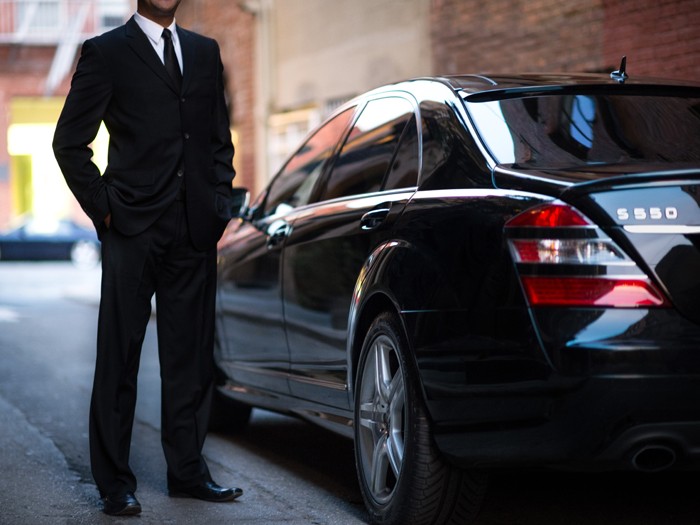Legal Developments
Growing Pains in the Sharing Economy

A recent finding that an Uber driver is an employee rather than an independent contractor has focused attention on the future of the sharing economy.
Whatever that future, observers don’t expect that the sharing economy, with its business models that rely on smartphone apps like Uber’s, will have a significant impact on workers’ compensation insurance.
They are, however, watching to see how state labor commissions, courts and legislatures nationwide will address the employment status of people providing a range of services through technology platforms such as those offered by ride-sharing companies like Uber and its rival Lyft.
“We are very interested,” said Peter Burton, senior division executive for state relations at NCCI Holdings Inc., a workers’ comp ratings and research organization.
“We actively are watching work comp commission decisions as well as legislative decisions.”
But NCCI’s interest in how states will eventually rule on whether workers in the sharing economy will be legally designated as contractors or employees is mostly technical. NCCI wants to stay abreast of matters, for instance, should it need to develop new rates.
So far, there have been few definitive legal determinations on the classification of on-demand workers, and whether app companies linking them to customers must purchase workers’ comp insurance. Consensus may also be elusive.
“It’s going to have to be adjudicated state by state and you are probably going to have all sorts of different opinions,” Burton said.
“Right now it’s still uncharted ground.”
The issue of whether the sharing economy’s on-demand workers should be classified as employees and legally entitled to a range of benefits and expense reimbursements has surfaced before.
“It’s going to have to be adjudicated state by state and you are probably going to have all sorts of different opinions. Right now it’s still uncharted ground.” — Peter Burton, senior division executive for state relations,
NCCI Holdings Inc.
But the topic recently gained increased attention when news stories reported that rapidly-growing Uber — valued at $40 billion — is appealing a California Labor Commission finding that a former chauffeur was an employee rather than an independent contractor as the company classifies its drivers.
The Labor Commission said that Uber could not exist without the work performed by the former driver. It essentially found that Uber exercised enough control over how the driver conducted her work to make her an employee. The ruling requires Uber to reimburse the former driver $4,152 in expenses and interest.
Uber argued that it is merely a technology company that allows drivers and passengers to conduct transportation business. It filed its appeal of the Commission’s ruling to a San Francisco County trial court on June 16.
The California Labor Commission’s decision applies to a single plaintiff. But the case’s eventual outcome, and other ongoing cases including class-action lawsuits with similar allegations against a range of sharing-economy app companies, could substantially impact Uber’s profitability and business model.
However regulators and courts in California and other states decide the employment-classification issue, the overall impact on workers’ comp insurer operating results will not be significant, said Robert P. Hartwig, president of the Insurance Information Institute.
If courts and regulators find that sharing economy companies are employers, then workers’ comp insurers would gain only modest opportunity to write new coverage for workers not currently covered by comp policies, he added.
“It would bring the payrolls associated with tens of thousands of workers into the workers comp exposure base,” Hartwig said. “The vast majority of which is not there right now. That would represent a modest opportunity for some insurers who are inclined to write these.”
Any premium volume growth would be limited because the number of people participating in the sharing economy is “very small,” Hartwig explained. About 7 percent of the U.S. population aged 18 and older has engaged in providing sharing-economy services.
Their participation typically is limited, rather than full time, and mostly conducted to supplement other income, Hartwig added. For instance, about 16 percent of people over the age of 65 have participated in the sharing economy, doing so to earn additional income.
Any new revenue workers’ comp insurers might gain from a group of newly insured workers could be offset by losses, Burton said. Insurers already understand how to rate taxi and limousine companies, but time would tell whether losses for ride-sharing companies differ.
Hartwig also wouldn’t expect significant impact on insurers should labor departments and courts take the opposite position, finding that people providing sharing-economy services are not employees.
Evidence does not exist that workers leave traditional jobs, where they are counted as part of employer payrolls and employers’ workers’ comp insurance exposure base, to exclusively participate in on-demand economy work, he said.
“There would be some very small amount of leakage from the overall payroll base to the extent that some occupations can migrate on net to this online platform, but that leakage is very, very small,” Hartwig said.
While there have been scant definitive rulings nationwide on whether shared economy participants are employees or independent contractors, “in most cases we have seen states leaning toward the side of independent contractor status,” Burton said.
That is consistent with Uber’s position.
In a June 19 press release announcing that it will appeal the California Labor Commission ruling, the San Francisco-based company said six states have found that Uber drivers perform services as independent contractors.
Uber also said that the recent California Labor Commission ruling is contrary to a previous finding by the same body. In 2012 the Commission ruled that a driver performed services as an independent contractor and not as an employee, Uber said.
“It’s important to remember that the number one reason drivers choose to use Uber is because they have complete flexibility and control,” the release states.
“The majority of them can and do choose to earn their living from multiple sources, including other ride sharing companies.”










